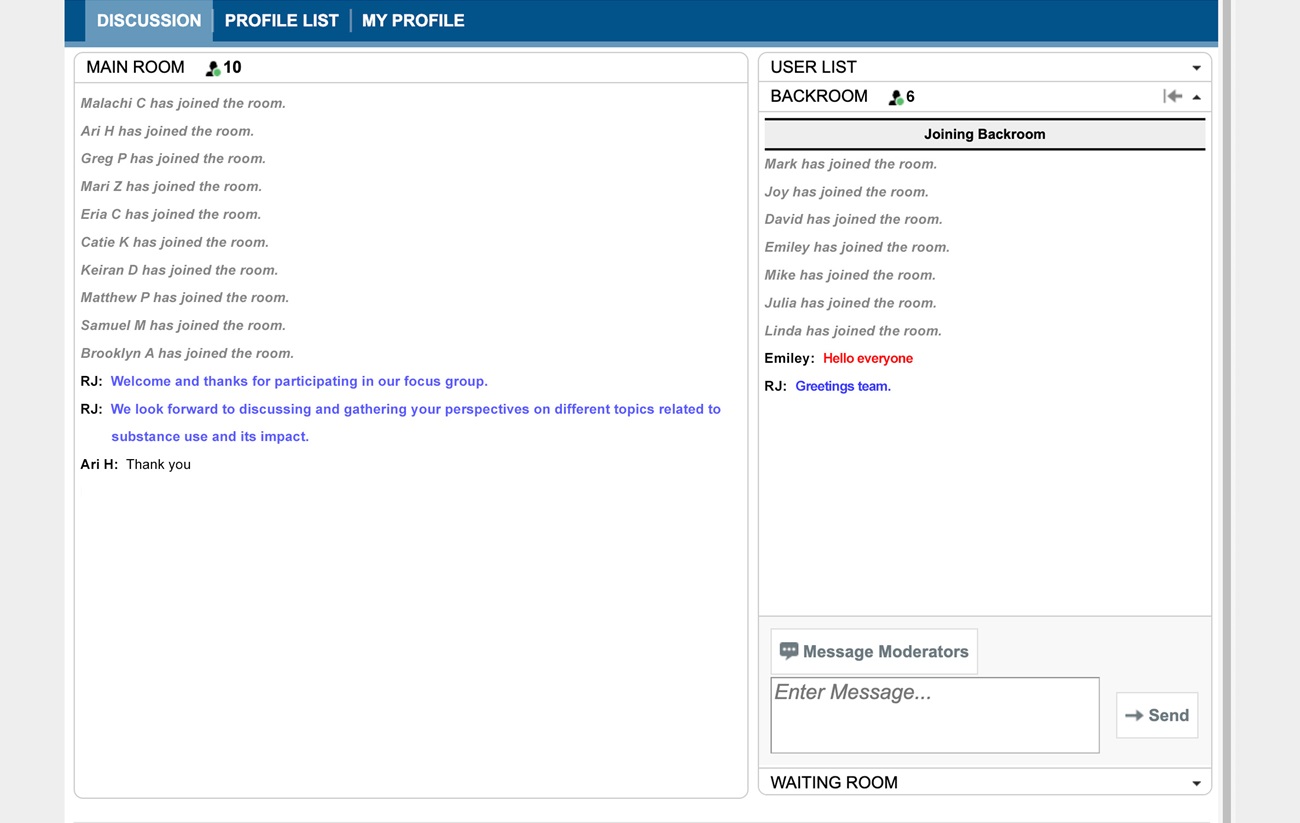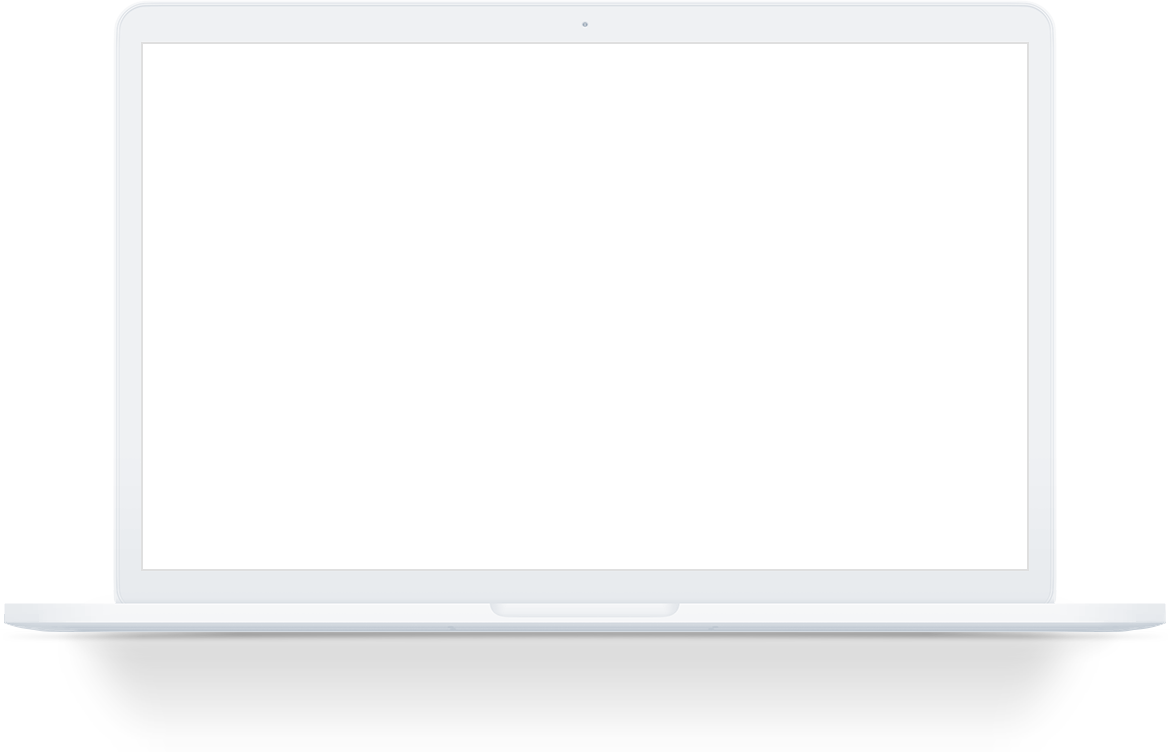In 2022, Williams Randall won the job of conducting a statewide multimedia campaign for Indiana’s Family Social Services Administration (FSSA) targeting the stigma of addiction. Its success would depend upon thorough, multichannel research – our own, as well as that of others – supporting each phase of the project. That research took many different forms; among the most valuable were focus groups.
First things first, though: we needed a solid grounding in the topic. 2021’s National Survey on Drug Use and Health survey, prepared for the Substance Abuse and Mental Health Services Administration (SAMHSA), provided a detailed and disquieting snapshot of America’s current substance use landscape. For a more localized perspective, we turned to Indiana University’s The Crisis in Indiana: Addiction Affects Every Aspect of Hoosier Life, a recent article that offered a clear-eyed portrait of addiction in Indiana – its human, economic and socio-economic toll. Its well-vetted findings featured a number of eye-opening statistics, such as the fact that one in twelve Hoosiers meets the criteria for substance use disorder (SUD), and that more Hoosiers now die from drug overdoses than car crashes.
With this baseline of understanding established, the next phase of the research sought to establish a portrait of addiction beyond data: the human perspective. Numerous testimonials from former and current SUD sufferers were studied, those collected by the client in recent years as well as some sourced from the internet. After a while, a theme began to emerge: SUD sufferers felt dehumanized by the stigma around their disease, and only when treated as people by others did it become easier for them to face up to their addiction—to speak to others about it and to seek much-needed professional help in their struggle towards recovery.
This revelation provided the seed for what would eventually grow into “See Beyond the Addiction,” the concept that won Williams Randall the FSSA work. In it, the audience – Hoosiers over the age of 18 across a broad social, racial, and socioeconomic spectrum – are urged to see past SUD sufferers’ disease, and recognize their common humanity. In so doing, they undercut addiction’s stigma by refusing to see sufferers as less than human.
-
 Online discussion room.
Online discussion room.

The work was won, but the research wasn’t done. Williams Randall turned to extensive online focus group sessions to fine-tune our humanizing message. Working with our partners at SMARI we were able to identify, vet and engage individuals from around the state who represented the broadest possible cross-section of Hoosiers with regard to race, age (18+), socioeconomic status and environment (rural, urban, suburban). Nearly 100 people were organized into 4 different online sessions over two weeks, during which they were shown slightly differing versions of the campaign concepts and asked to engage with the group around a battery of questions about it. Not a video or Zoom call, these sessions utilized live moderator lead chat rooms that could be viewed by the client and agency while allowing participants to give uninhibited, personal responses.
Through this arduous but invaluable process, we came to understand what images, concepts and turns of phrase in the proposed campaign would resonate with the audience, and which would ring false. It became clear how important it was that the campaign’s images and dialog have an air of authenticity to communicate credibly on this emotionally charged topic …anything less would be deemed glib and insincere by the audience, and quickly dismissed. Most importantly, through these findings we were able to determine which of our concepts would be the one we built our campaign around. Such hard-won insights can spell the difference between a campaign’s success or failure, and are a direct byproduct of Williams Randall’s mantra of Left-Brain Creativity, where (right-brain) creative content is guided and strengthened through (left-brain) testing and research.
Although Williams Randall’s “See Beyond the Disease” campaign for FSSA benefitted from numerous types of research, it was perhaps most significantly aided by concept testing through focus groups. There is no substitute for the insights gained from the actual audience you plan to address. Such hard-won insights can spell the difference between a campaign’s success or failure, and are a direct reflection of Williams Randall’s commitment to Left-Brain Creativity, where (right-brain) creative content is guided and strengthened through (left-brain) testing and research. Done right, this process has the power to deliver some of the most effective advertising possible.





